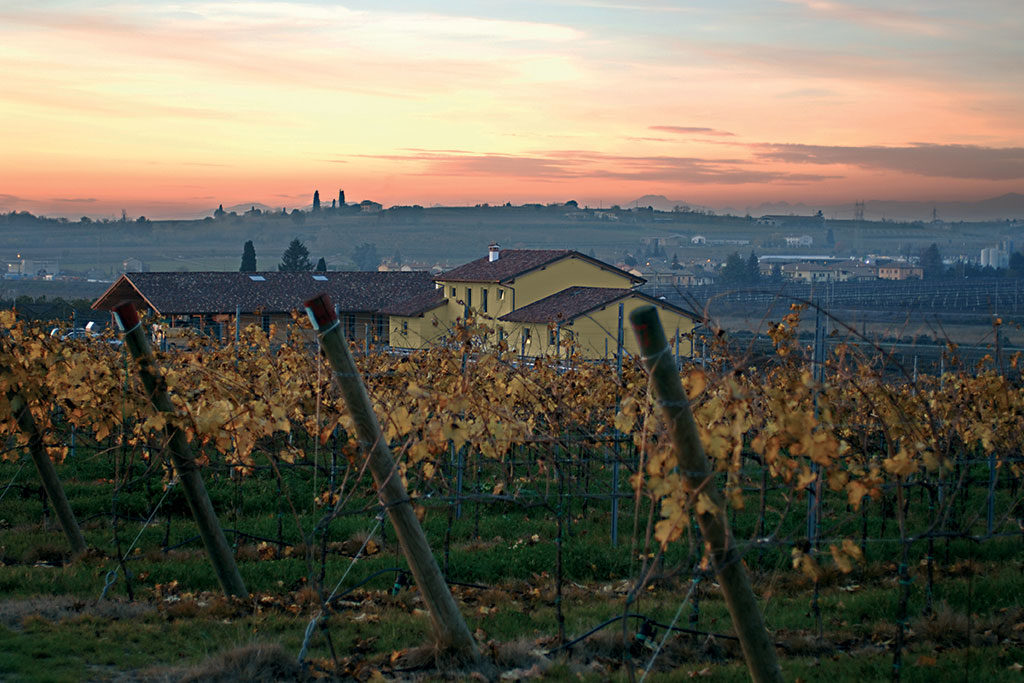A Sommacampagna le prime testimonianze della coltivazione della vite risalgono all’epoca romana. Al tempo, l’abitato era denominato “Summa Campanea” e perdurano fino ai giorni nostri meravigliosi reperti del tempo, come ad esempio la chiesa di Sant’Andrea. Tuttavia è soprattutto a partire dal IX e poi per tutta l’epoca medievale che si rileva un’abbondante documentazione sulla coltivazione della vite nella zona compresa in particolare tra Pastrengo e Sommacampagna.
Nella seconda metà del XIX secolo, la produzione vinicola della zona incomincia ad essere identificata esplicitamente con il nome di Custoza, che fa riferimento ad una frazione del comune di Sommacampagna, e nello stesso periodo viene riconosciuto anche Bardolino. Nel 1897 lo scrittore bresciano Giuseppe Solitro, parlando dei vini del lago di Garda, testimonia che “tra i più reputati della regione sono quelli di Bardolino, che questo nome corron tutta l’Italia e competono con i migliori della penisola”. Giovanni Battista Perez, in un testo pubblicato nel 1900, descrive il vino “di tinta rosso-chiara” .
La frazione di Custoza è stata teatro della prima e della terza guerra d’Indipendenza risorgimentale, tra le truppe del Regno di Sardegna e quelle dell’Impero Austriaco in difesa del Regno Lombardo-Veneto.
La prima, nel 1848, guidata da re Carlo Alberto di Savoia per i primi, e dal maresciallo Josef Radetzky per gli austriaci, vede anche far capolino l’eroica figura del giovane tamburino sardo, raccontato in forma romanzata da Edmondo De Amicis nel suo libro Cuore.
Nel 1866 si scontrarono invece le truppe italiane guidate dal generale La Marmora con quelle dell’arciduca Alberto d’Asburgo. Nel 1879, alla fine delle guerre, a Custoza venne inaugurato da Umberto I il famoso ossario per riunire tutti i resti dei caduti (italiani ed austriaci) durante le tre guerre.

Uscendo poi da Sommacampagna, santuari, chiese, eremi, conventi, monasteri, punteggiano tutto il territorio. Non sono solo luoghi di preghiera e ritiro spirituale, ma vengono apprezzati anche per le loro bellezze artistiche e culturali.
Ville venete perfettamente conservate completano il paesaggio storico, per culminare nel magico Borghetto sul Mincio, incluso tra i borghi più belli d’Italia.

